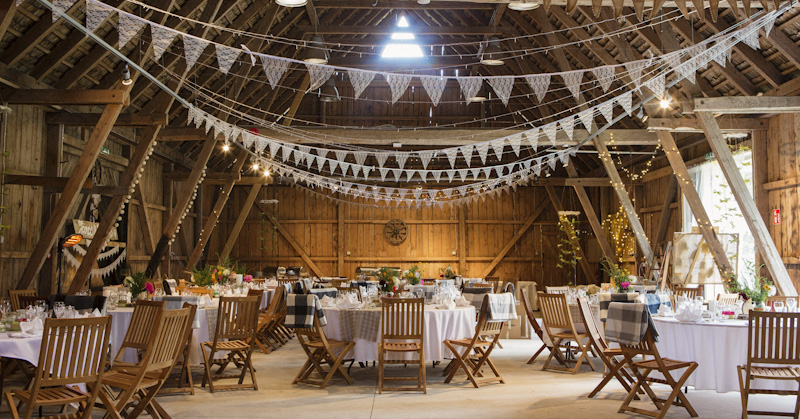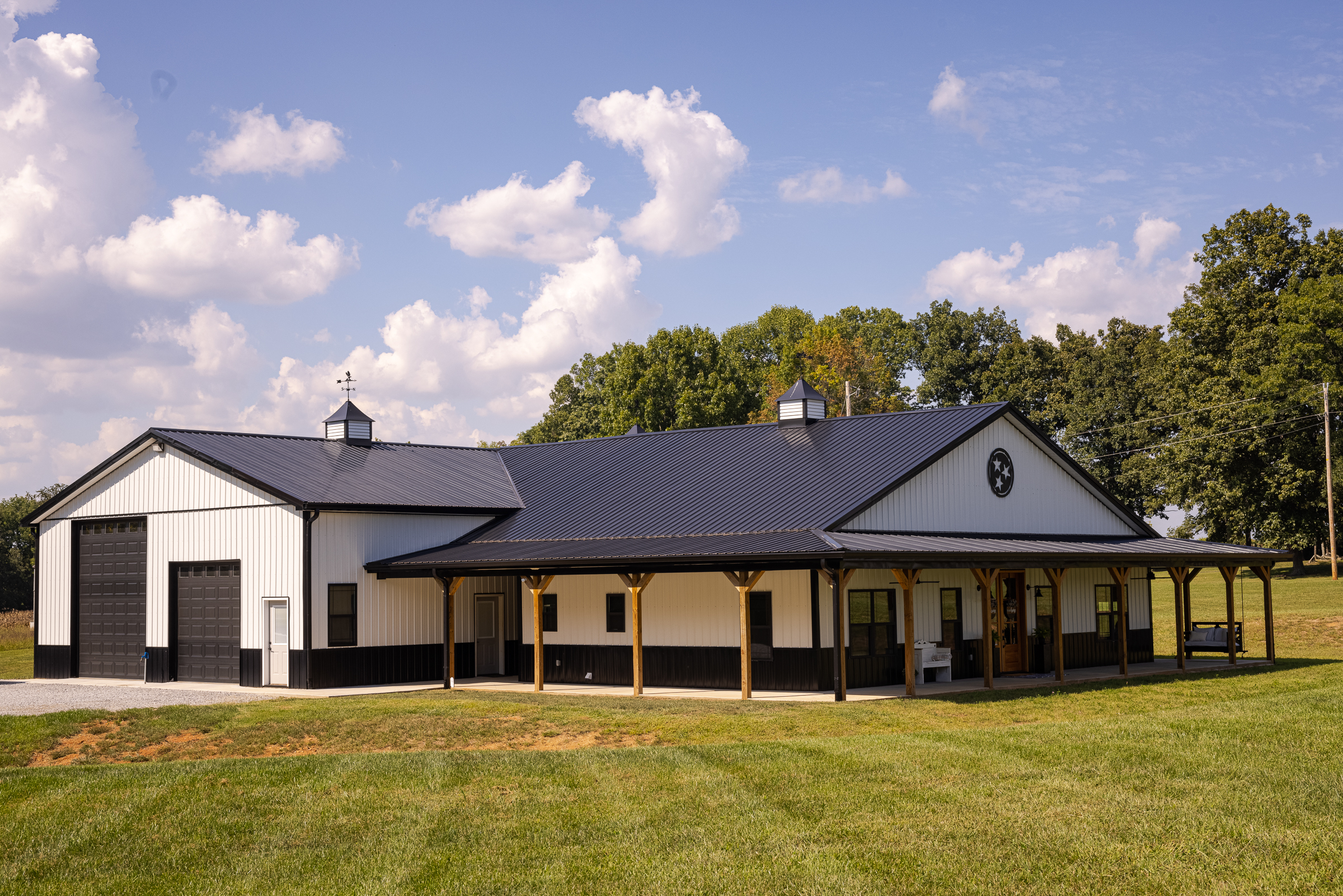Barndominiums Vs. Typical Residences: a Thorough Contrast of Way Of Life and Performance
The choice between barndominiums and traditional homes incorporates various variables, including way of living preferences and useful demands. Barndominiums are characterized by their open designs and adaptability, usually appealing to those who focus on common living and convenience.
Summary of Barndominiums
Barndominiums, a novel real estate pattern obtaining appeal throughout numerous areas, mix the rustic beauty of barn-style architecture with the functionality of modern home. These distinct structures generally include a metal or wood framework, combining open floor plans and high ceilings with energy-efficient features. Often situated on expansive country homes, barndominiums use house owners the chance to delight in a tranquil way of life while providing enough room for various tasks.
The versatility of barndominiums expands past their aesthetic appeal; they can act as both living quarters and useful rooms for hobbies, workshops, or perhaps small companies. Their adaptive layout enables for simple customization, accommodating diverse family members needs and preferences. Many proprietors appreciate the low upkeep requirements related to metal exterior siding and roofing, adding to lasting sturdiness.

Features of Typical Residences
Stressing timeless layout and convenience, standard homes are defined by their unique building styles, which usually mirror historic influences and local appearances. Usual attributes include balanced exteriors, gabled roofs, and a focus on workmanship, causing a cozy and welcoming atmosphere.
Conventional homes typically integrate aspects such as crown molding, wainscoting, and wood floor covering, improving their timeless allure. They commonly include numerous areas with specified objectives, advertising family members communication while permitting for personal privacy. view now. The design commonly consists of official living and eating locations, which contribute to entertaining guests and hosting family gatherings
Exterior materials such as brick, wood, or stone are frequently used, adding to resilience and a sense of permanence. Barndominium builder. In addition, many traditional homes are designed with front porches or stoops, cultivating a feeling of neighborhood and link with the neighborhood
Landscaping plays a significant role in traditional home design, with well-maintained yards and paths that improve curb appeal - view now. Overall, traditional homes embody a sense of fond memories and security, interesting those that value heritage and a much get more more structured living environment
Cost Contrast
Commonly, a price contrast between barndominiums and conventional homes exposes considerable differences in construction expenditures and general investment. Barndominiums, frequently constructed from steel or steel structures, normally incur lower product and labor expenses than traditional homes constructed from timber and brick. The simplified style of barndominiums can equate to lowered building and construction times, additionally reducing labor costs and quickening occupancy.
Typically, the price per square foot for a barndominium ranges from $100 to $150, while typical homes can differ widely, typically dropping between $150 and $300 per square foot, relying on place, materials, and style complexity. This expense disparity makes barndominiums an eye-catching choice for budget-conscious customers seeking bigger space without giving up quality.
Furthermore, barndominiums might lead to long-term cost savings with lower upkeep costs, power efficiency, and insurance rates. Their sturdy building materials commonly require less maintenance over time contrasted to typical homes. It is vital to take into consideration that while first costs might be reduced for barndominiums, the final investment will likewise depend on specific customization and desired facilities, which can influence the general expenditure in both real estate kinds.
Lifestyle and Space Considerations
When thinking about way of living and space, barndominiums provide a special adaptability that allures to a selection of homeowners. These hybrid structures combine residential living with functional space, frequently featuring open layout that can be adapted to suit individual requirements. This versatility is particularly beneficial for families or individuals seeking a customized living environment, permitting for varied usages such as home offices, workshops, or leisure areas.

Moreover, the aesthetic charm of barndominiums can cater to both rustic and modern tastes, making them a flexible choice for numerous layout choices (Barndominium repair). Eventually, the choice between a barndominium and a traditional home commonly depends upon exactly how well each option lines up with the homeowner's way of life desires and spatial demands, highlighting the relevance of considering individual top priorities in the decision-making process
Ecological Effect and Sustainability
The environmental effect and sustainability of barndominiums existing engaging advantages compared to typical homes. Primarily built from steel and various other durable materials, barndominiums are commonly constructed using recycled resources, lowering the need for new materials and decreasing waste. Their design normally stresses open spaces, which can result in reduced power intake for heating & cooling compared to conventional homes with more fractional formats.
In addition, barndominiums can incorporate sustainable features such as solar panels, rainwater harvesting systems, and progressed insulation strategies, enhancing their energy efficiency. The flexibility of their style enables house owners to incorporate these modern technologies extra flawlessly than in several typical homes, which might call for considerable retrofitting.
Additionally, barndominiums often call for less resources for construction due to their less complex, much more efficient layouts (read more). Overall, barndominiums stand for a forward-thinking technique to sustainable living, aligning with modern ecological concerns.
Conclusion
In summary, the selection between barndominiums and typical homes hinges on specific lifestyle choices and functional demands. Barndominiums, with their open formats and sustainable products, cater to those looking for flexibility and common living.